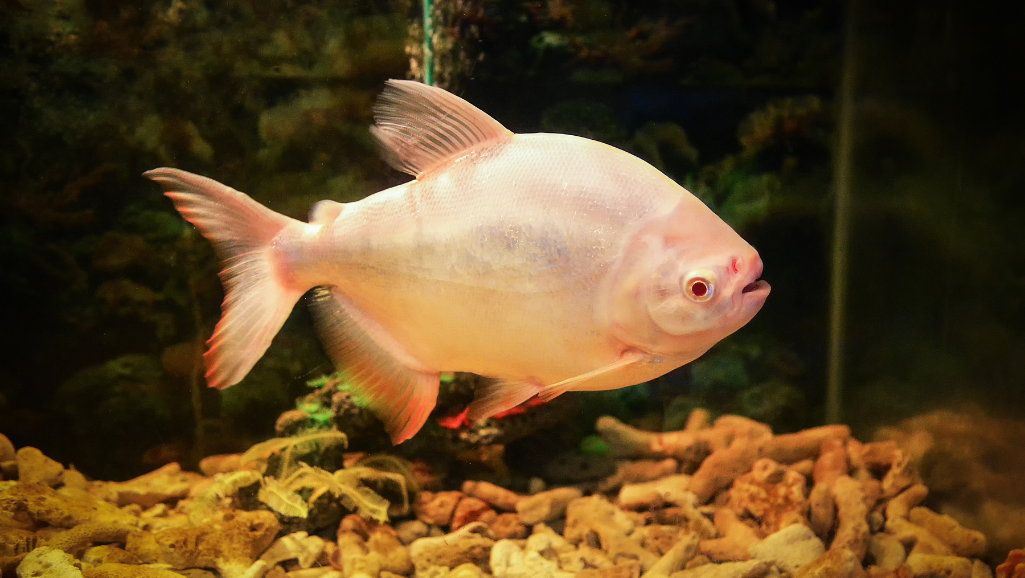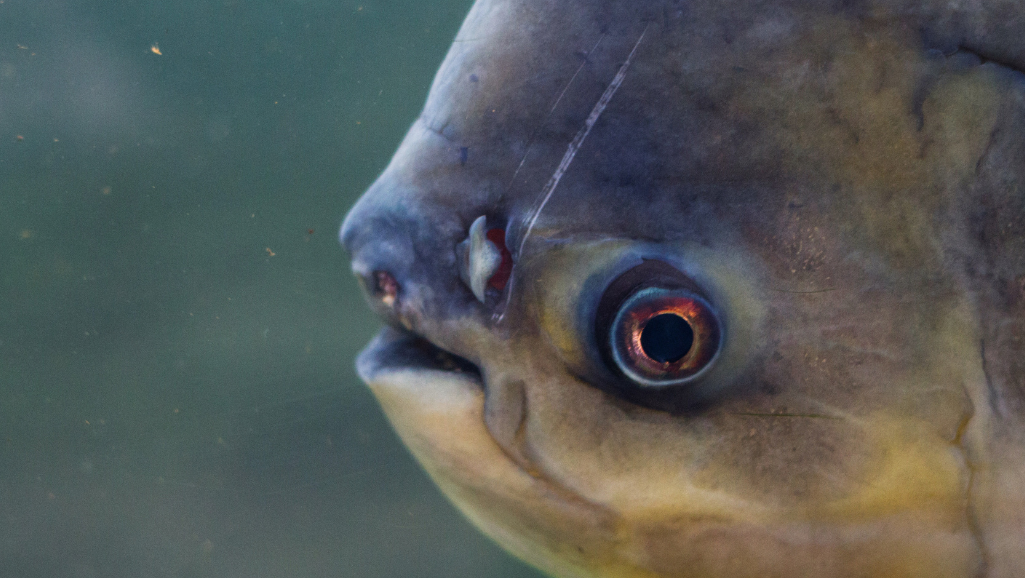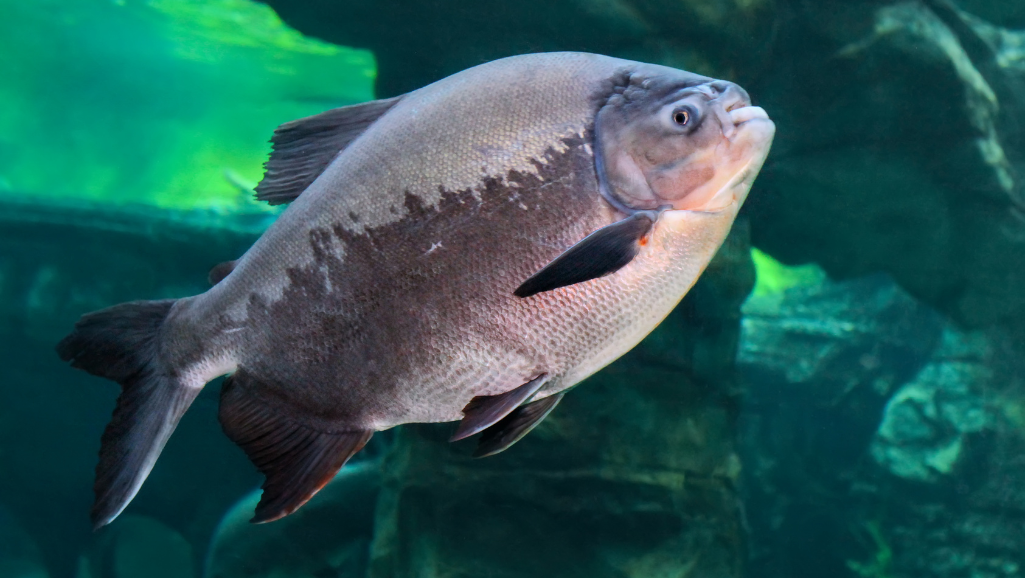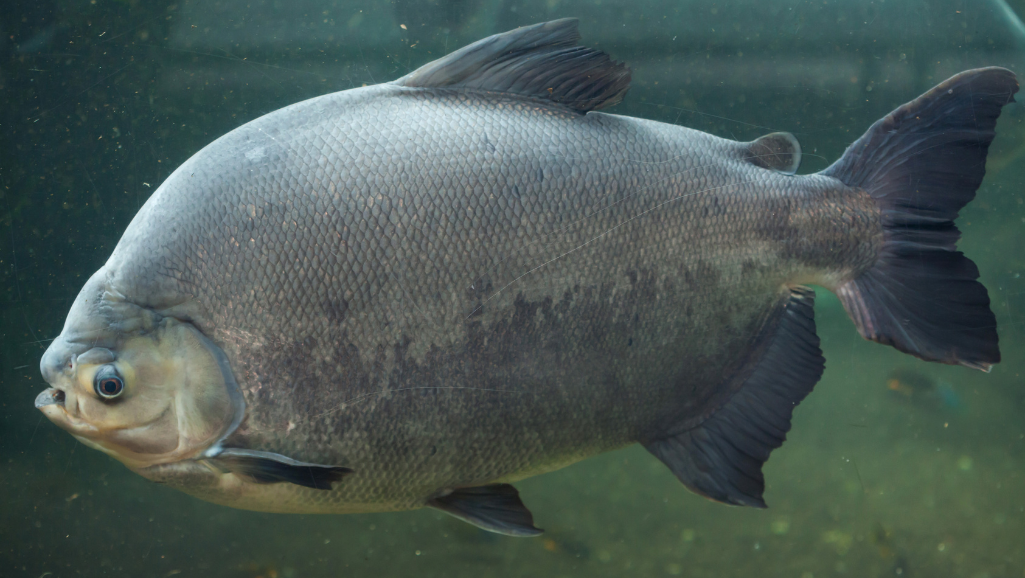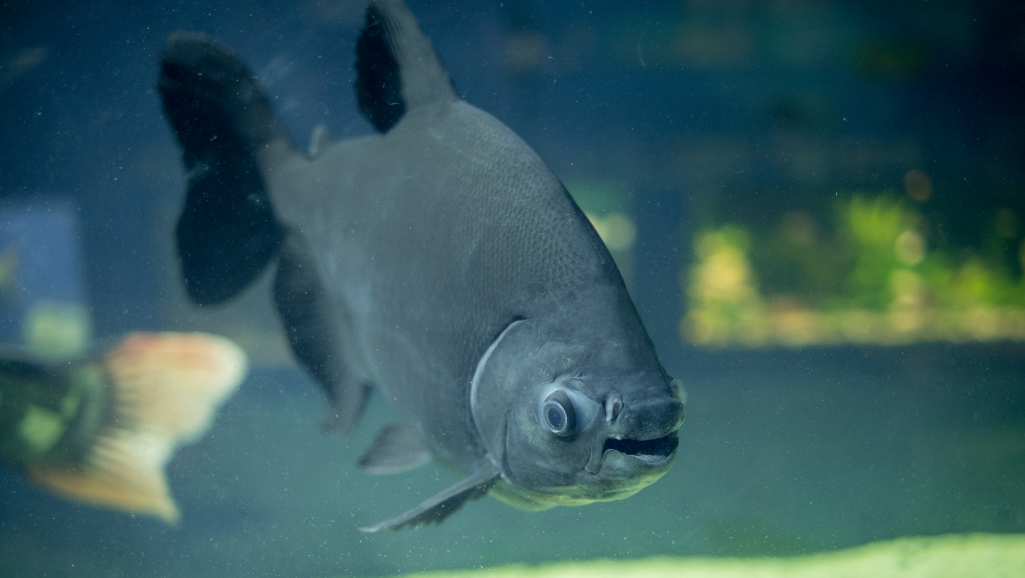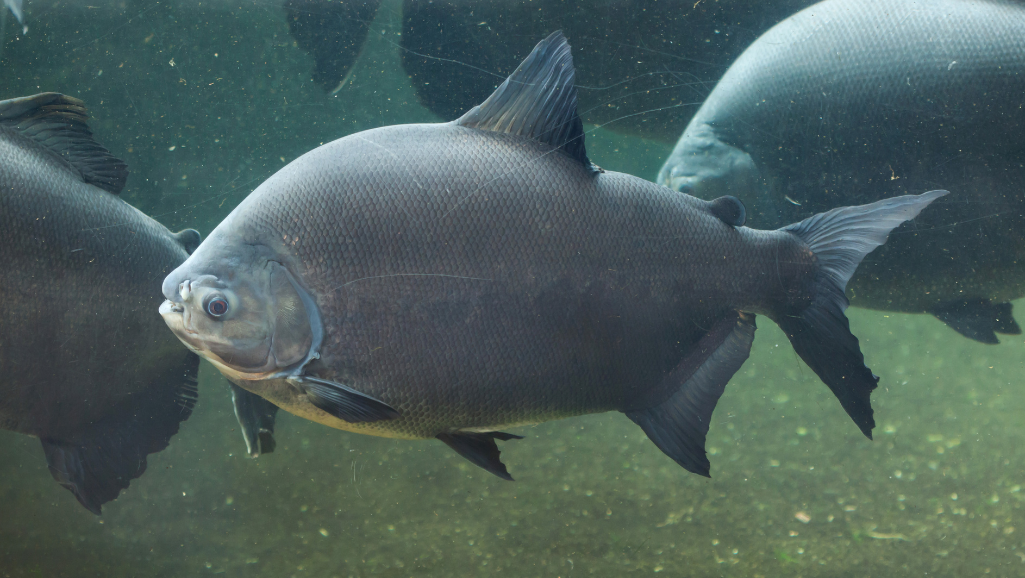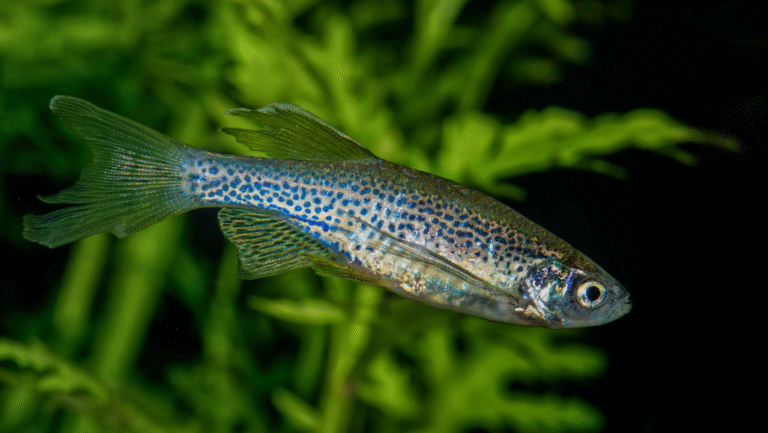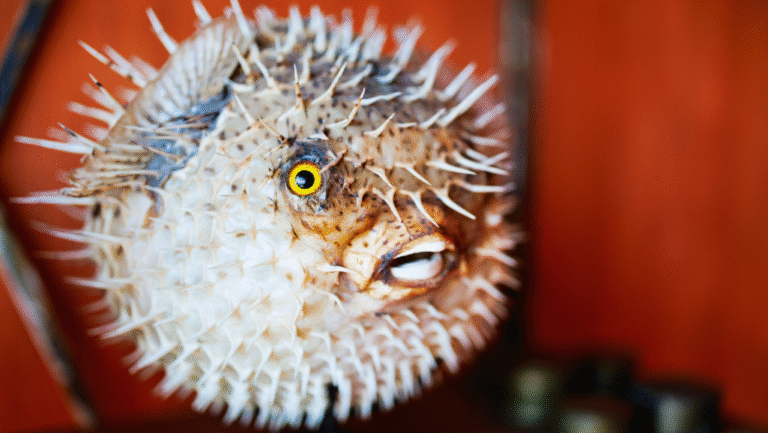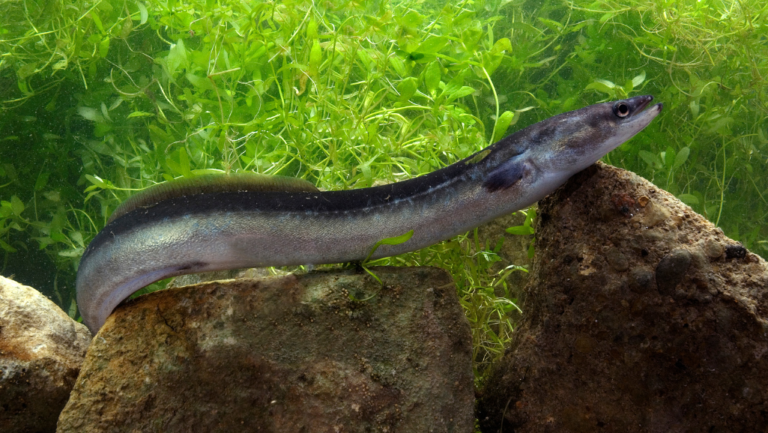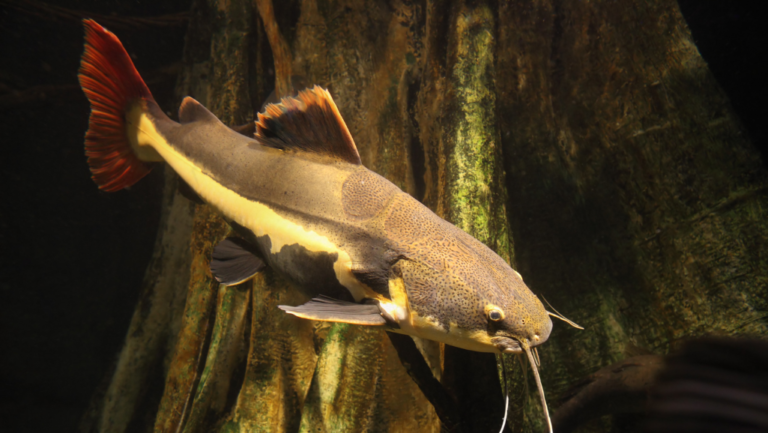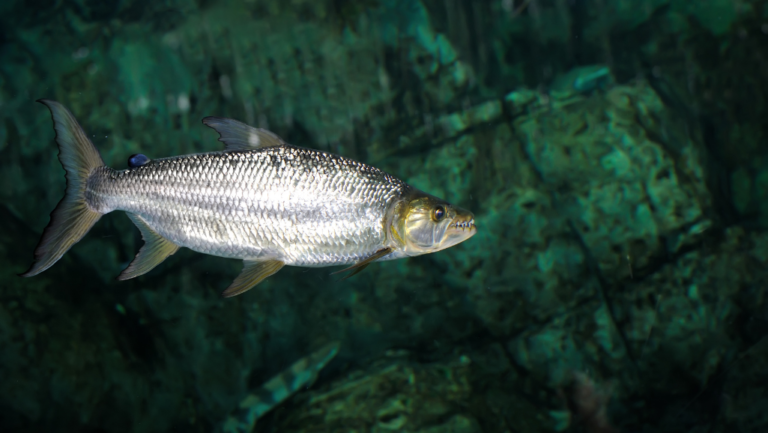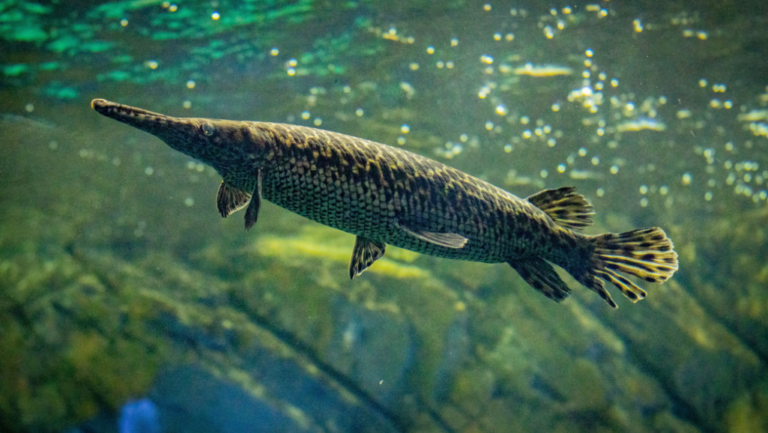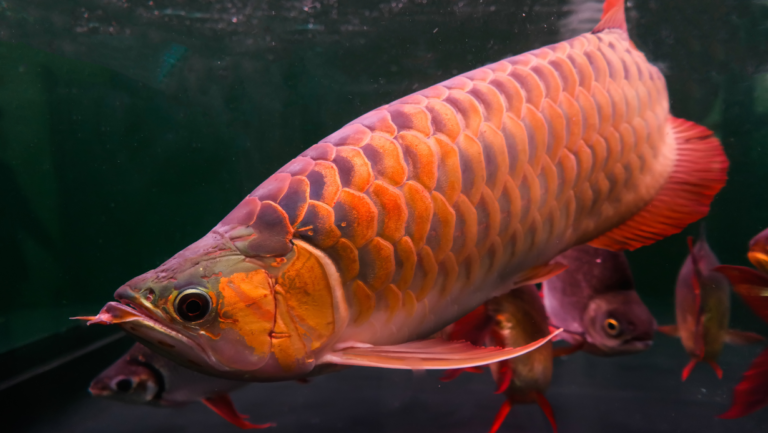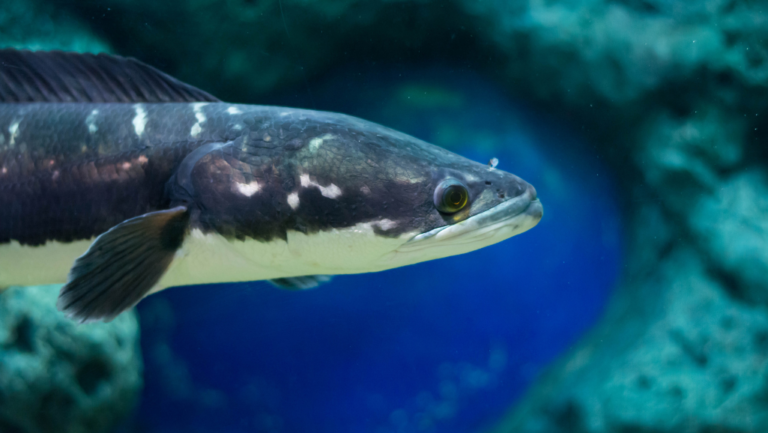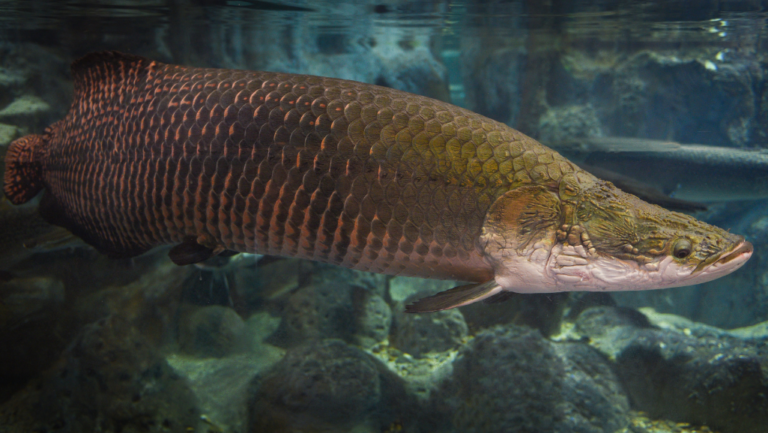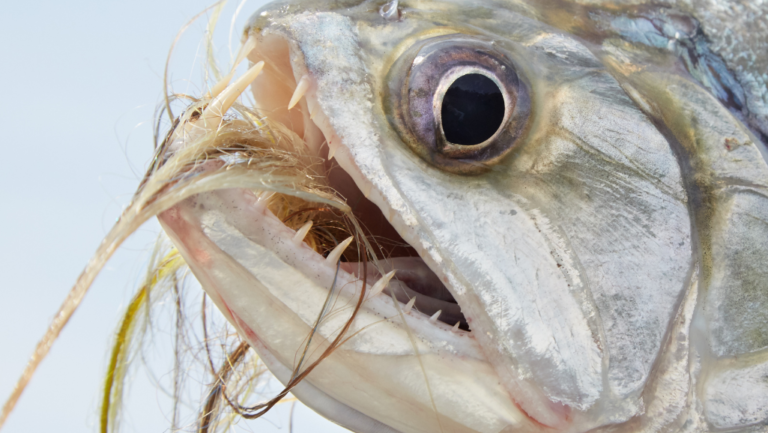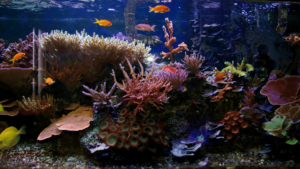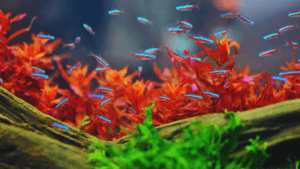Meet the pacu fish, a striking freshwater species from South America that blends surprising power with gentle eating habits. These relatives of piranhas have distinct, molar-like teeth and a deep, rounded body built for flooded forests and slow rivers.
Curious and adaptable, the pacu reaches impressive sizes in the wild and thrives in lakes, floodplains, and major river basins like the Amazon and Orinoco. The name comes from Tupi-Guaraní roots, and regional labels such as tambaqui and pirapitinga reflect local importance.
This introduction sets the stage for an ultimate guide that explores the term, key characteristics, diet, growth potential, and the real differences from piranha relatives. You’ll also learn about aquaculture uses, cultural value across South American waters, and practical notes for owners in the United States.
Key Takeaways
- Pacu are a unique South American freshwater species with molar-like teeth and deep bodies.
- They inhabit rivers, lakes, and floodplain forests across major basins like the Amazon.
- Size and diet make them important for both aquaculture and local fisheries.
- Despite links to piranhas, dentition and behavior set them apart.
- Introductions outside their range can lead to invasive concerns.
- Responsible ownership matters to protect local waterways.
What Is a Pacu? Taxonomy, Names, and Where This South American Freshwater Fish Fits
This group sits within a lively lineage of characiforms known for sturdy bodies and a serrated abdominal keel. It helps explain why these species look powerful and move with steady strength in slow rivers and floodplains.
Family Serrasalmidae groups these relatives with piranhas, but classification focuses on shared anatomy and DNA as studies evolve. Scientists still refine boundaries between genera, which keeps taxonomy active and interesting.
Names and regional usage
The term comes from Tupi-Guaraní and appears across regions in South America. Local names—tambaqui in Brazil, pirapitinga in some Amazon areas, and pacú or gamitana in Peru—reflect culture and fisheries.
Key genera and notable species
- Colossoma macropomum (black pacu) — important in Amazonian markets.
- Piaractus brachypomus (red-bellied pacu) — common in aquaculture and rivers.
- Piaractus mesopotamicus (small-scaled pacu) — native to the Paraná-Paraguay basin.
Remember: “pacu” can refer to multiple species. Accurate identification matters for conservation, aquaculture, and responsible ownership.
How to Identify Pacu: Human-Like Teeth, Size, and Signature Shape
Notice first the body and bite. A rounded, plate-shaped silhouette pairs with a set of squarer, molar-like teeth — the hallmark human-like teeth that crush fruits, nuts, and seeds rather than slice flesh.
Jaw alignment and dentition
Compared to razor-pointed relatives, these species show a milder overbite or slight under/overbite. Their teeth sit like small molars in rows, a clear diagnostic when you look closely.
Size expectations
Large size is possible. Wild records list individuals up to about 1.08 m and 40 kg, while some black pacu in public collections approach three feet and roughly 65 pounds.
Fins and body shape
The deep body gives stability in flooded woodlands. The dorsal fin limits roll, pectorals steer like rudders, and a strong caudal fin supplies thrust for quick moves through roots and dense cover.
“Look for molar teeth and a broad, rounded profile — those two traits rarely fail.”
- Color cues: juveniles of red-bellied pacu often show brighter ventral hues that fade with age.
- Practical tip: early identification helps owners plan for future growth and proper care.
Natural Range and Habitat: Rivers, Floodplains, and Forests of South America
From great river basins to flooded forests, these native species favor calm water and seasonal rhythms. Their natural range covers vast tropical and subtropical zones. They live in rivers, lakes, oxbow lakes, and seasonally flooded forests across several major basins.
Amazon, Orinoco, São Francisco, and Río de la Plata basins
Key basins include the Amazon and Orinoco, plus the São Francisco and Río de la Plata systems. Populations also occur in rivers of the Guianas. Local habitat use shifts by species and by season.
Migratory behaviors and preferences for calm, flooded waters
Many species make seasonal journeys. Rising water opens floodplain nurseries and feeding grounds. Calm, slow-flowing waters provide shelter, abundant fruit and seed resources, and safe places to spawn.
- Habitat variety: backwater lagoons, oxbows, and forested pools.
- Ecological role: they help disperse seeds and move energy through river systems.
- Conservation note: changes in water timing and habitat loss threaten critical life stages.
“Healthy flow regimes sustain the food webs and migrations that these species rely on.”
Diet and Ecology: From Nuts and Seeds to Opportunistic Omnivory
When rivers rise, trees rain down a buffet of fruits and nuts for aquatic grazers. Seasonal floods turn forest edges into feeding corridors that feed entire communities of river dwellers.
Primary diet centers on fallen fruits, hard-shelled nuts, and seeds. These items dominate during high-water months and match the strong, crushing dentition that sets this group apart from sharper-toothed relatives like piranhas.
Opportunistic feeding fills gaps. Invertebrates, zooplankton, and occasional small fish add protein when plant foods are scarce. Tambaqui, pirapitinga, and small-scaled species all show this flexible pattern.
Why trees and floods matter
Riparian forests are more than shade; they deliver calories. Seed and nut rain supports growth, fuels long migrations, and helps these species disperse plants across basins in south america and beyond.
- Human-like molars let them crush tough plant material others ignore.
- Seasonal shifts cue diet changes and support resilience across hydrological extremes.
- Diet insights guide aquaculture feeds and aquarium care—favoring fiber-rich, plant-forward options.
“Rivers act as conveyor belts of nutrition, linking forests to freshwater life.”
Pacu Fish Size, Growth, and Characteristics Worth Knowing
Expect notable growth: some individuals reach lengths over a meter and weigh dozens of kilograms. Reported maxima near 1.08 m and 40 kg show why realistic planning matters for owners and producers.
Growth depends on multiple factors. Genetics, diet quality, space, and water conditions shape outcomes in the wild and in culture. In aquaculture, calm water and plant-forward feeds fuel steady gains with less waste.
Colossoma macropomum has a standout reputation for reaching impressive dimensions when conditions are favorable. That trait makes this species valuable for farms but challenging for average home aquaria.
- Set expectations: these animals are not small for long and often outgrow standard tanks.
- Plan for growth: robust filtration, ample volume, and secure decor are essential as size and mass increase.
- Seasonal surges: wild abundance of fruits and seeds can trigger rapid growth spurts in natural settings.
- Husbandry lessons: steady water quality and balanced, plant-based diets help unlock consistent growth without excess pollution.
“Think long-term housing, not temporary fixes; respecting growth potential protects animals and equipment.”
Final note: choose species carefully, factor lifespan and large size into ownership, and use aquaculture practices when possible to support ethical, sustainable outcomes for pacus and their environments.
Pacu vs. Piranha: Teeth, Behavior, and Misconceptions
Teeth shape and bite mechanics tell a simple story: diet drives design in these river inhabitants. A quick visual check helps separate the two species and calm exaggerated fears.
Dentition matters. One group has square, molar-like plates built for crushing seeds and nuts. The other bears razor-pointed blades and a pronounced underbite for slicing flesh.
Behavior and diet differ too. The plant-oriented animals tend to be calmer and grow large. Piranhas are carnivorous specialists with sharper, cutting bites.
“Sensational reports about testicle-biting began as a joke and spread quickly; reality points to crushing power used for food, not attacking swimmers.”
- Use teeth shape, jawline, and body depth to tell them apart in the field.
- Juvenile coloration can mislead—young brachypomus sometimes resemble piranhas.
- Accurate labeling and clear reporting protect wildlife and people alike.
For practical ID guidance and balanced context, see a detailed overview at pacu piranha guide.
Aquaculture and Food: From Farm Ponds to “Pacu Ribs” and Global Markets
By mid-century, farmers had learned that plant-forward diets and calm ponds unlock rapid, efficient growth in several species. That shift turned some South American natives into reliable products for local and export markets.
History, diets, and pond production
Interest in culturing dates to the 1930s, with commercial scaling in the 1960s–70s and dependable induced spawning by the 1980s. Tambaqui (Colossoma macropomum), pirapitinga, and Piaractus mesopotamicus accept plant-based diet well.
They thrive in pond systems and perform in polyculture with tilapia and carps. Low-oxygen tolerance helps in warm, shallow waters common on farms across multiple countries.
Hybrids, processing, and research
- Hybrids like tambacu and tambatinga speed growth but risk genetic introgression with wild stocks.
- Processing is tricky because intramuscular Y bones led to a niche “pacu ribs” market.
- Emerging research in Brazil seeks broodstock without Y bones to ease processing and boost safety.
“Smart breeding, targeted diets, and responsible pond design will shape sustainable growth in aquaculture.”
Pacu in the United States: Sightings, Aquarium Trade, and Invasive Risks
Reports from many states reveal that juveniles sold in pet stores sometimes turn up in local waterways. In the U.S., one territory has established populations while dozens of single captures appear in places from California to New York.
Where they’ve been found
Puerto Rico hosts persistent populations, while mainland reports include Florida, Texas, Washington, Illinois, and more. Cold winters usually limit long-term survival outside tropical pockets.
Aquarium realities
Small fish sold at 2–3 inches can grow fast. Tank size does not stunt growth; adults reach sizes that exceed home setups and filtration capacity.
Safe, legal options
Never release an unwanted specimen into local waters. Authorities and outreach programs warn that releases harm native species and habitat.
- Return to the retailer or consult a veterinarian for humane options.
- Donate to public aquaria, schools, or aquarium societies that can provide proper care.
- Work with local agencies if you find a wild-caught individual in a creek or pond.
“Owning a powerful, intelligent animal means planning for its whole life — stewardship keeps waters healthy and communities safe.”
Conclusion
Their broad ranges and crushing teeth tell a story of adaptation, harvest, and ongoing study.
These pacu are South American native species that link rivers, people, and markets. They have human-like dentition, large bodies, and flexible diets tuned to seasonal floods.
Responsible ownership, evidence-based aquaculture, and careful biosecurity protect wild range and local waters. Ongoing research aims to solve processing issues and improve feeds for safer, more efficient production.
Celebrate pacus for their ecological role and food value. Plan for growth in the aquarium, support sustainable farms, and work with scientists and managers to keep rivers healthy.
Understanding these fish equips you to protect habitats, support communities, and enjoy a deeper appreciation of the red-bellied pacu and its relatives.
